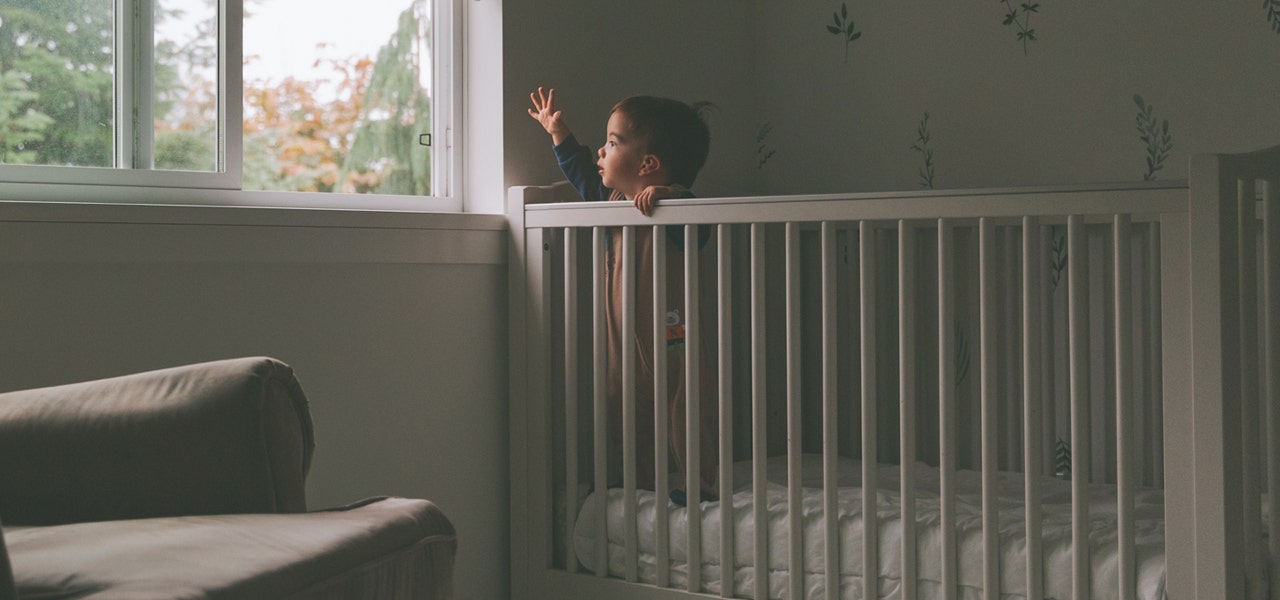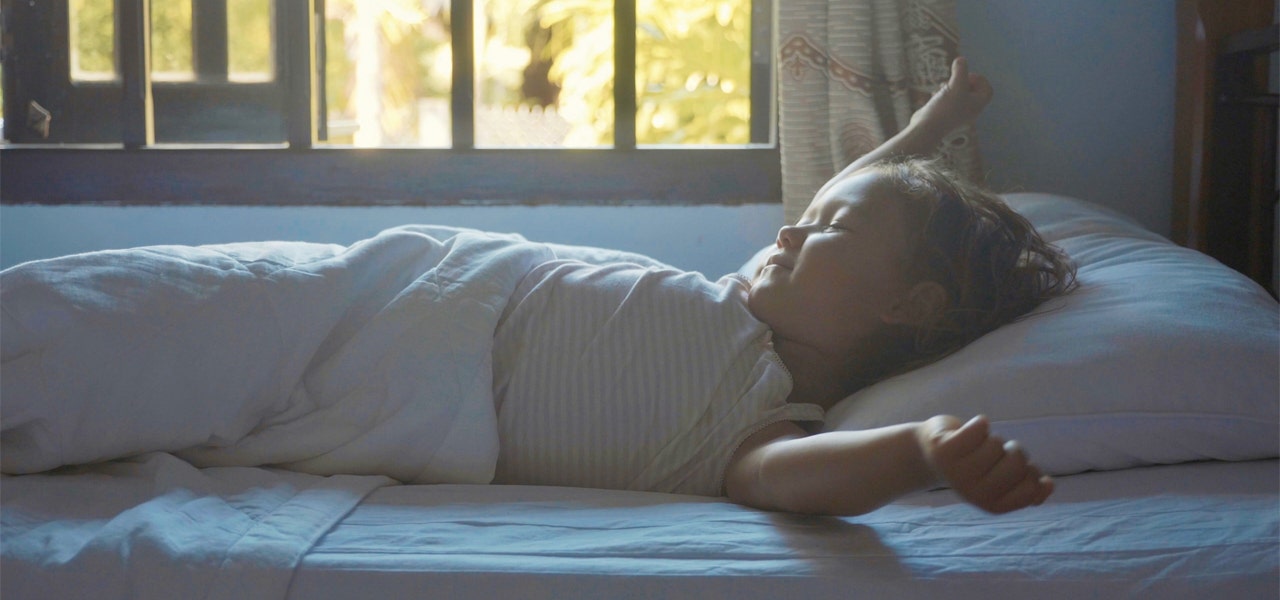Daylight Saving Time (DST) ends this year on November 7, 2021. Before having kids, many adults relish the “extra” hour of sleep when the clocks fall back. However, the disruption of a good sleep routine can wreak havoc – for the whole family – and many parents are scrambling to make daylight savings easier for their kids.
So what’s the purpose of DST anyway? In the summer months, we have more hours of daylight, and Daylight Saving Time shifts an hour of that light into the evening. Otherwise, in the summer it would be light out by 5 a.m.! In the fall, we end Daylight Savings because the winter months have fewer hours of daylight. This way, we shift those hours back to the morning so that it’s not dark until 8 a.m.
How Does the End of DST Impact Parents and Children?
In general, don’t try to shift that one hour in one day. Your child will lose an hour of overnight sleep and become overtired, perpetuating the 5 a.m. wake up. Sleep begets sleep, meaning that the more well rested your baby or toddler is, the easier it will be for them to fall asleep and stay asleep. If they lose an hour of sleep at night, you risk an overtired little human.
Great, so what’s the key to shifting your little one’s schedule? For many babies and toddlers, spreading that one hour over 3 to 4 days in 15 to 20 minute chunks is very effective. This has a cascade effect of shifting morning wake up time later. Of course, other kids need a different approach.


3 Ways to Help Ease Daylight Savings for Kids and AVOID Becoming Overtired
It might sound strange, but there are some very different yet effective approaches to helping your toddler or baby adjust to DST. This is because each child is different. Some common approaches include:
- Do nothing
- Retroactively shift schedules
- Proactively shift schedules
1. The Do Nothing Approach
Don’t try to shift their schedule at all. Your child’s 5 a.m. wake up also means their bedtime will be one hour earlier. This can be useful for parents who had late wake ups pre-DST and need to get kids up earlier to go to preschool, which is not at all an uncommon scenario.
Here’s an example. Your baby was waking at 7 a.m. and sleeping by 8 p.m. Now that is shifted to a 6 a.m. wake up and a 7 p.m. bedtime. By simply doing nothing, you can enjoy your new schedule.
2. The Retroactive Start
This method involves stretching the adjustment over several days, beginning with the Sunday DST ends. For babies over 1-year-old, you can shift in 20 to 30 minute chunks to prevent them from becoming overtired. For babies less than a year, you can use 15 to 20 minute chunks.
For example, your baby normally wakes up at 7 a.m. and naps at 9:00 a.m. The Sunday morning of DST, this will be 6 a.m and nap time will be 8 a.m. Try stretching them by 15 minutes and do that first nap at 8:15 a.m. This will naturally move all your naps and bedtime back by 15 minutes. The next day shift them by an additional 15 minutes, so nap time starts at 8:30 a.m. Your nap schedule will look like this:
- Sunday: 8:15 a.m.
- Monday: 8:30 a.m.
- Tuesday: 8:45 a.m.
- Wednesday: 9:00 a.m.
Consequently this will affect bedtime. For example, if bedtime used to be 7 p.m., now your baby will be tired by 6 p.m. on Sunday. So, bedtimes should shift as follows:
- Sunday: 6:15 p.m.
- Monday: 6:30 p.m.
- Tuesday: 6:45 p.m.
- Wednesday: 7:00 p.m.
Congrats – in 4 days you will have moved your nap time and consequently your bedtime by one hour.
3. The Proactive Shift Approach
If you followed the last approach, this one will be easy. You would use the same concepts and general schedule as in the retroactive approach, but start this before the time change happens. It’s often most helpful to start shifting sleep schedules a few days before DST.
Summary


Daylight Saving Time ends to help shift back the less abundant hours of light we have in the winter to the morning so our mornings aren’t completely spent in darkness. While this early daylight is helpful as we go about our winter days, the fall back clock does cause “early morning waking” in kids, especially babies and toddlers who are still forming healthy sleep routines.
The way to shift their schedule is by doing so in small chunks of time incrementally over a few days. Or … by doing nothing at all! You are the most familiar with your child’s sleep habits, so hopefully these options have given you a solid place to start.
 BABY
BABY  KIDS
KIDS  ADULT
ADULT  LEARN
LEARN  STORES
STORES 
